Have questions in mind? We already have the answers you are looking for!
| Gmelina arborea (Shivan / Ghamar) A fast-growing, versatile tree that plays a key role in agroforestry. |

|

|
Bombax ceiba (Semal / Silk Cotton Tree) A majestic tree known for its striking red flowers and its contribution to biodiversity. |
| Dalbergia sissoo(Shisham / Indian Rosewood) A valuable timber tree that promotes soil fertility and supports wildlife. |

|

|
Syzygium cumini (Jamun / Black Plum) An evergreen tree renowned for its dark, nutrient-rich fruits and environmental benefits. |
| Terminalia arjuna (Arjun) A large tree with medicinal benefits and soil erosion prevention properties. |

|

|
Tectona grandis (Saag / Teak) A large tree with medicinal benefits and soil erosion prevention properties. |
| Madhuca longifolia (Mahua) A tree with aromatic flowers and fruits used in traditional beverages and sweets. |

|

|
Artocarpus heterophyllus(Kathal / Jackfruit) A large fruit-bearing tree that aids in soil conservation and provides sustenance. |
|
Pongamia pinnata (Karanj / Pongamia) A drought-tolerant tree with oil-producing seeds and benefits for agroforestry systems. |

|

|
Phyllanthus emblica(Amla / Indian Gooseberry) A small tree with health-boosting fruits that improve soil health and support biodiversity. |
| Avicennia officinalis (Black Mangrove) A key species in coastal ecosystems that stabilizes soil and provides habitat for marine life. |
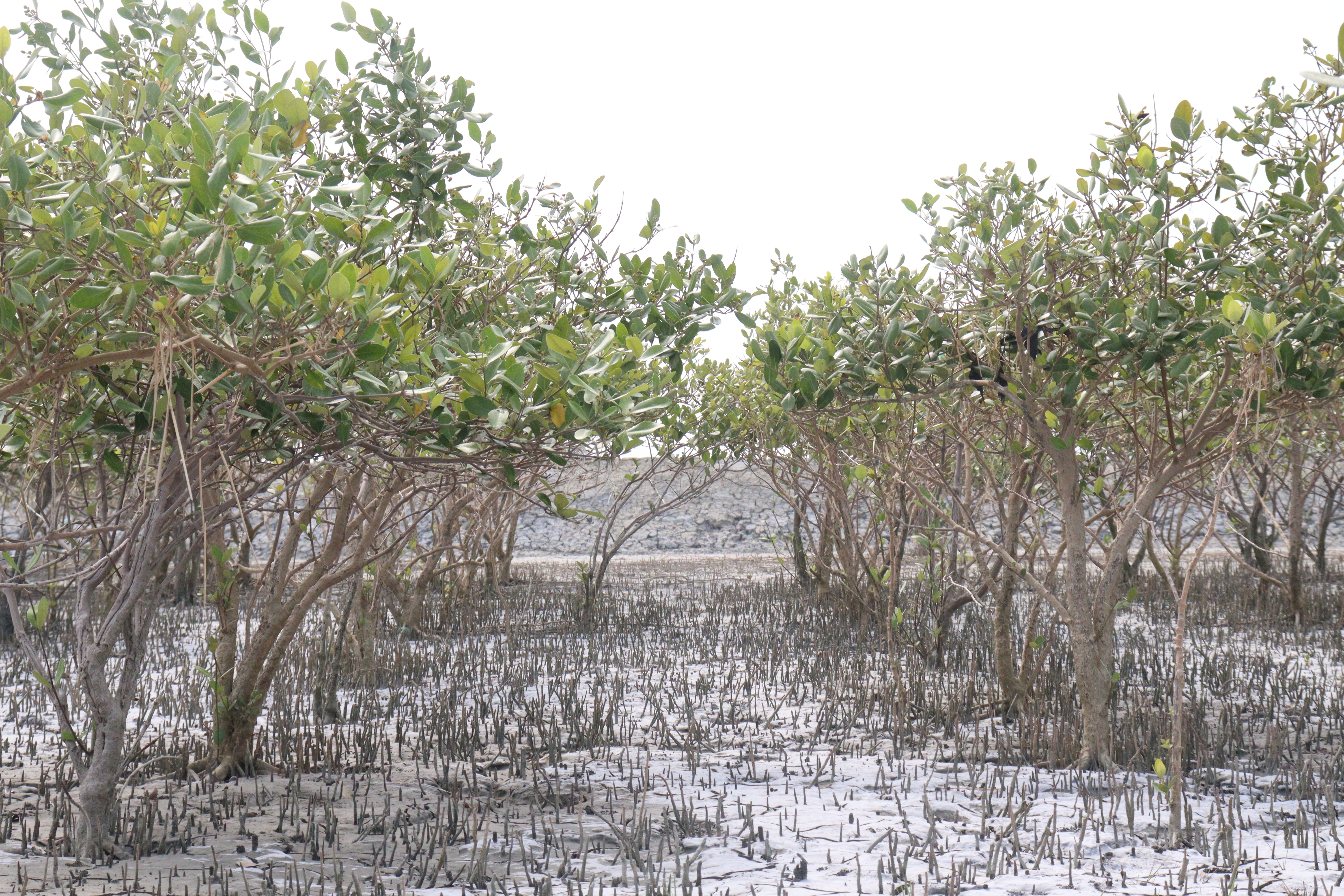
|

|
Bruguiera gymnorrhiza (Red Mangrove) A vital tree in coastal protection, playing a key role in carbon sequestration. |
| Rhizophora apiculata (Api / Red Mangrove) Known for its dense root system that stabilizes shorelines and supports aquatic biodiversity. |
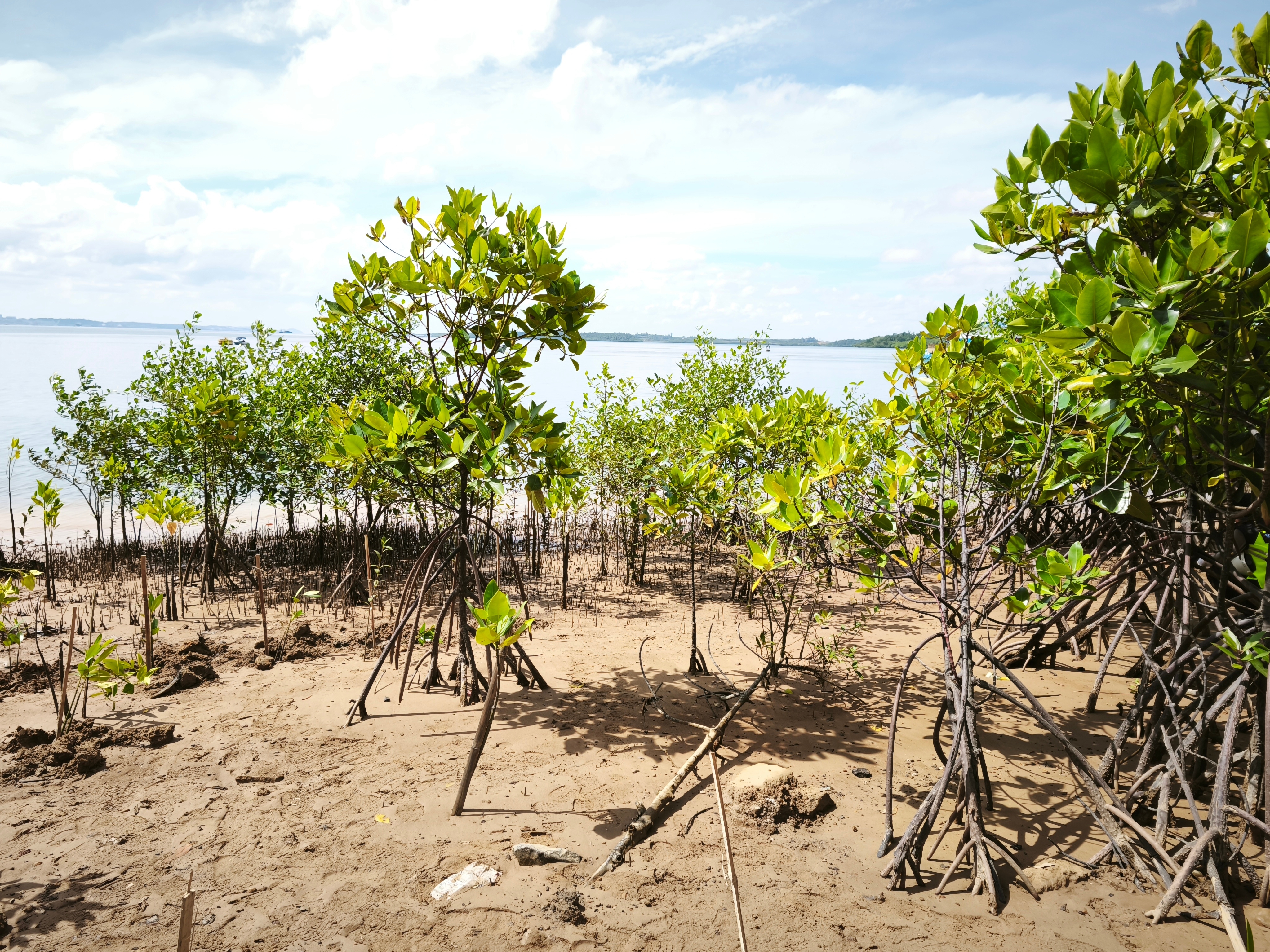
|
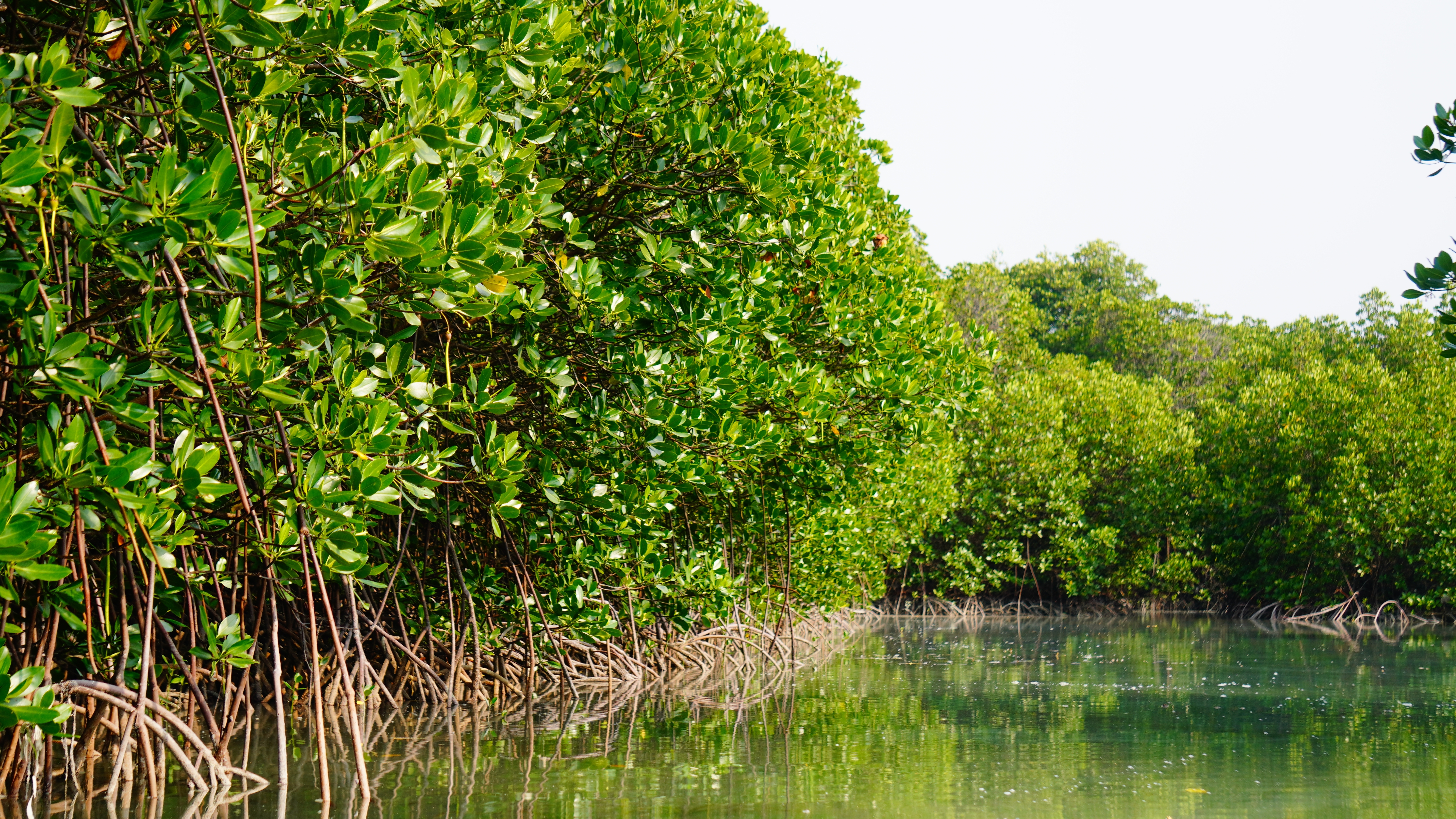
|
Rhizophora mucronata (Spotted Mangrove) A species with knee-like roots important for marine life and coastal erosion control. |
| Avicennia marina (Grey Mangrove) A versatile species that thrives in saline coastal environments and provides vital ecosystem services. |
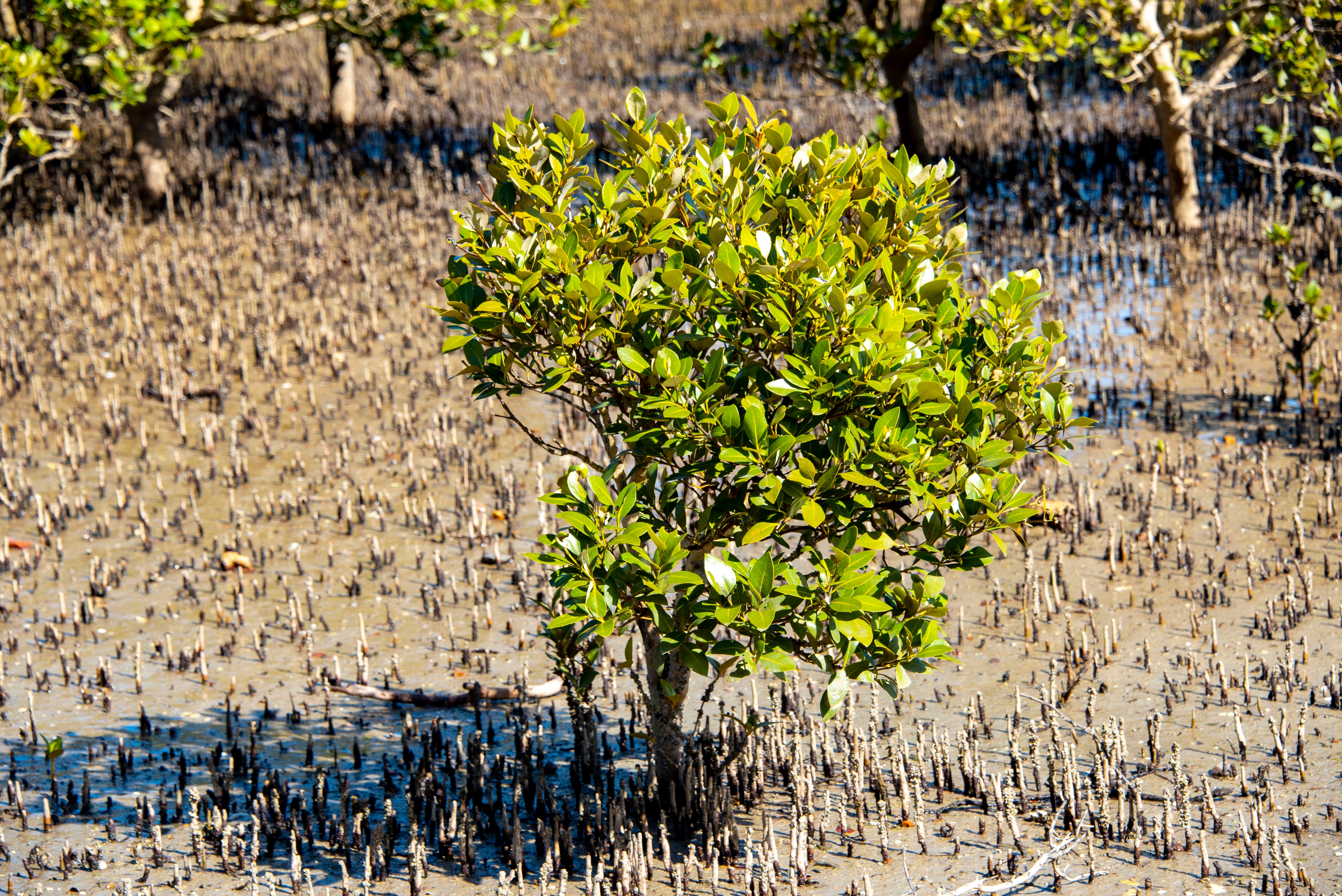
|

|
Sonneratia alba (Sonneratia) A tree that stabilizes coastal areas and supports marine species. |
|
Salix alba (White Willow) A flexible tree that stabilizes soil and supports diverse bird species in wetland areas. |
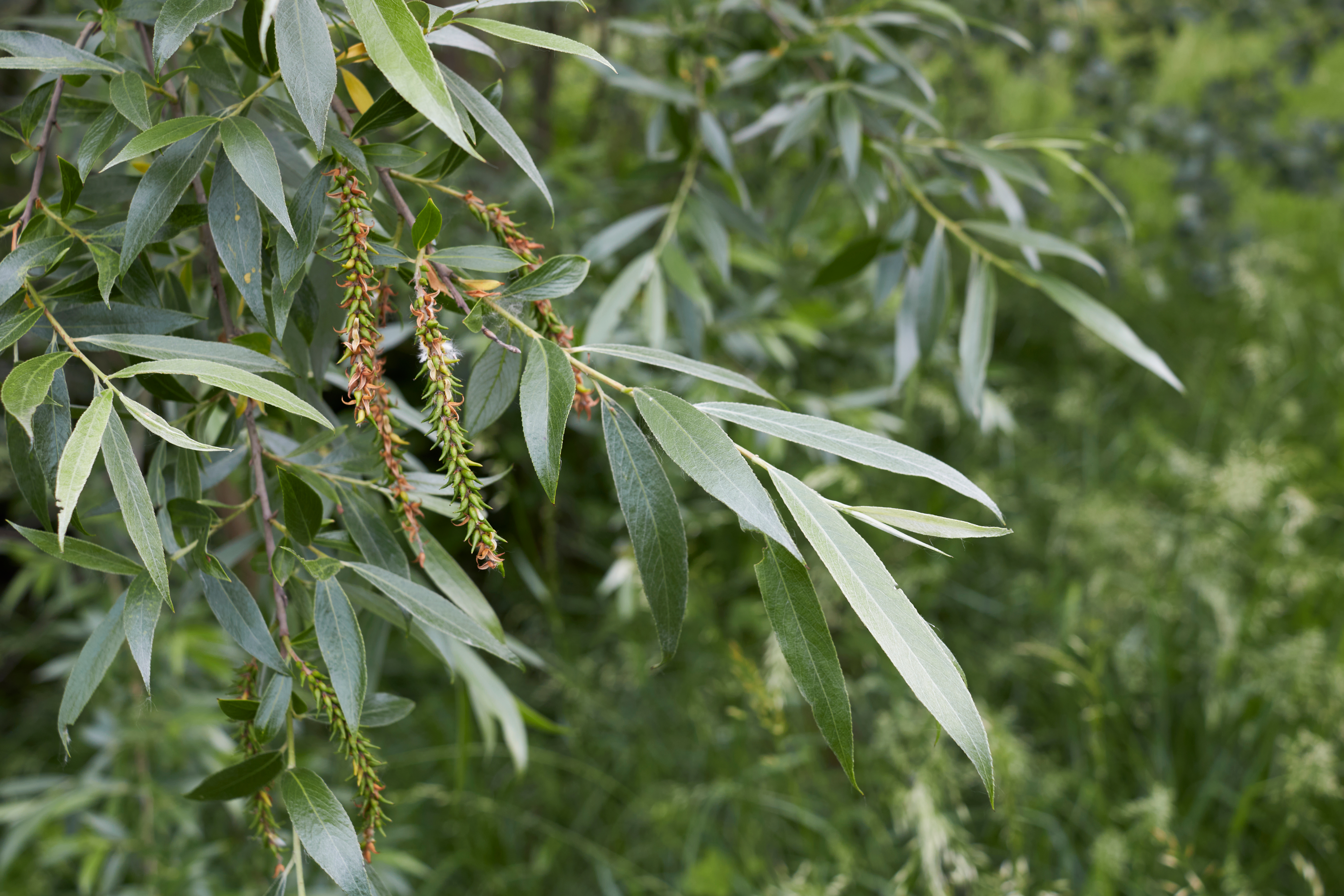
|

|
Indigofera linifolia (Ratanjot / Sakina) A small tree that enhances soil fertility and is known for its vibrant flowers. |
|
Aesculus indica (Indian Horse Chestnut) A striking tree known for its beautiful flowers and potential medicinal properties. |
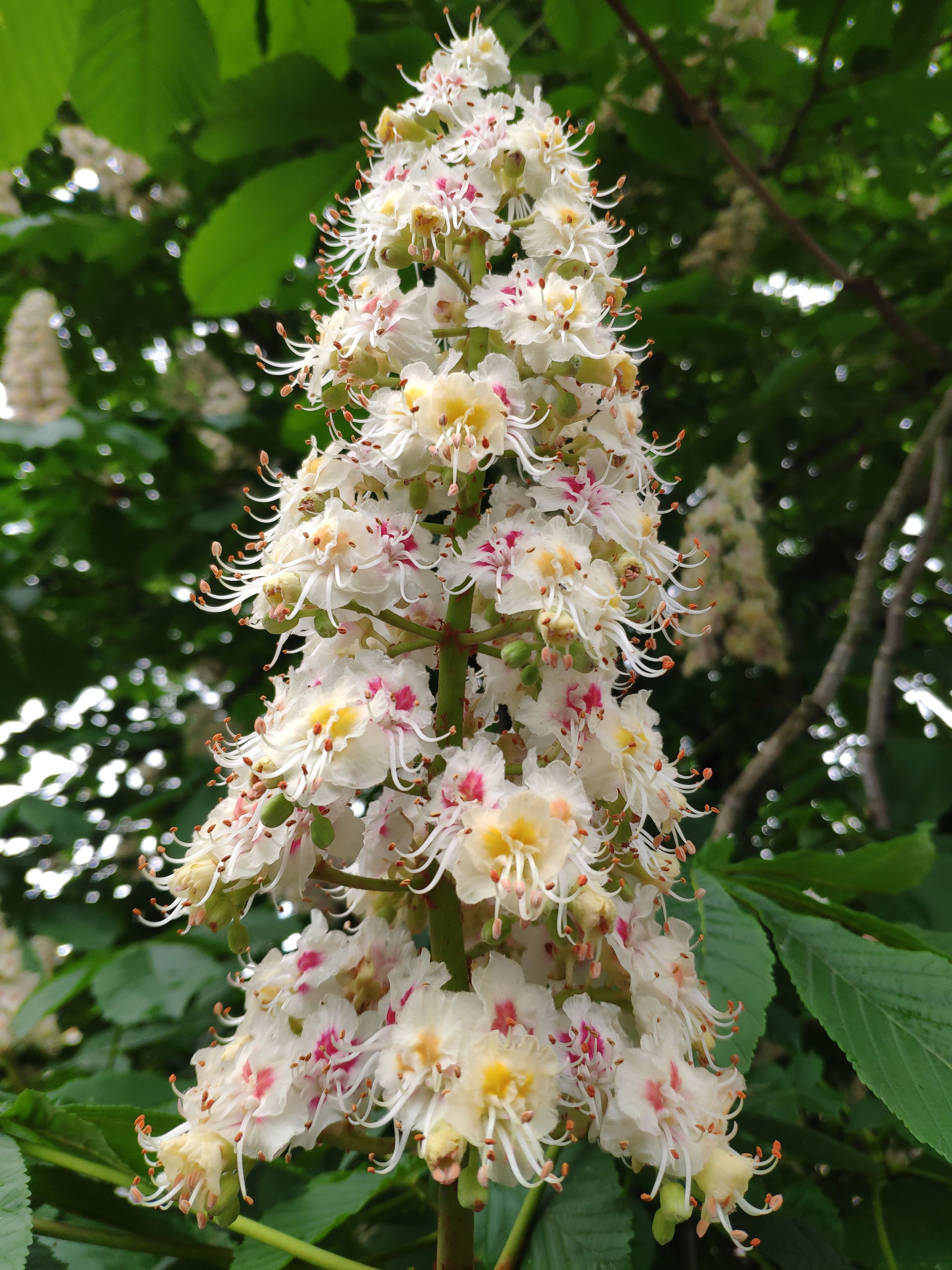
|

|
Cedrus deodara (Deodar Cedar) A majestic evergreen tree that thrives in mountainous regions and has aromatic wood. |
|
Rhododendron spp. (Rhododendron) A vibrant flowering tree that provides habitat for pollinators and enhances biodiversity. |
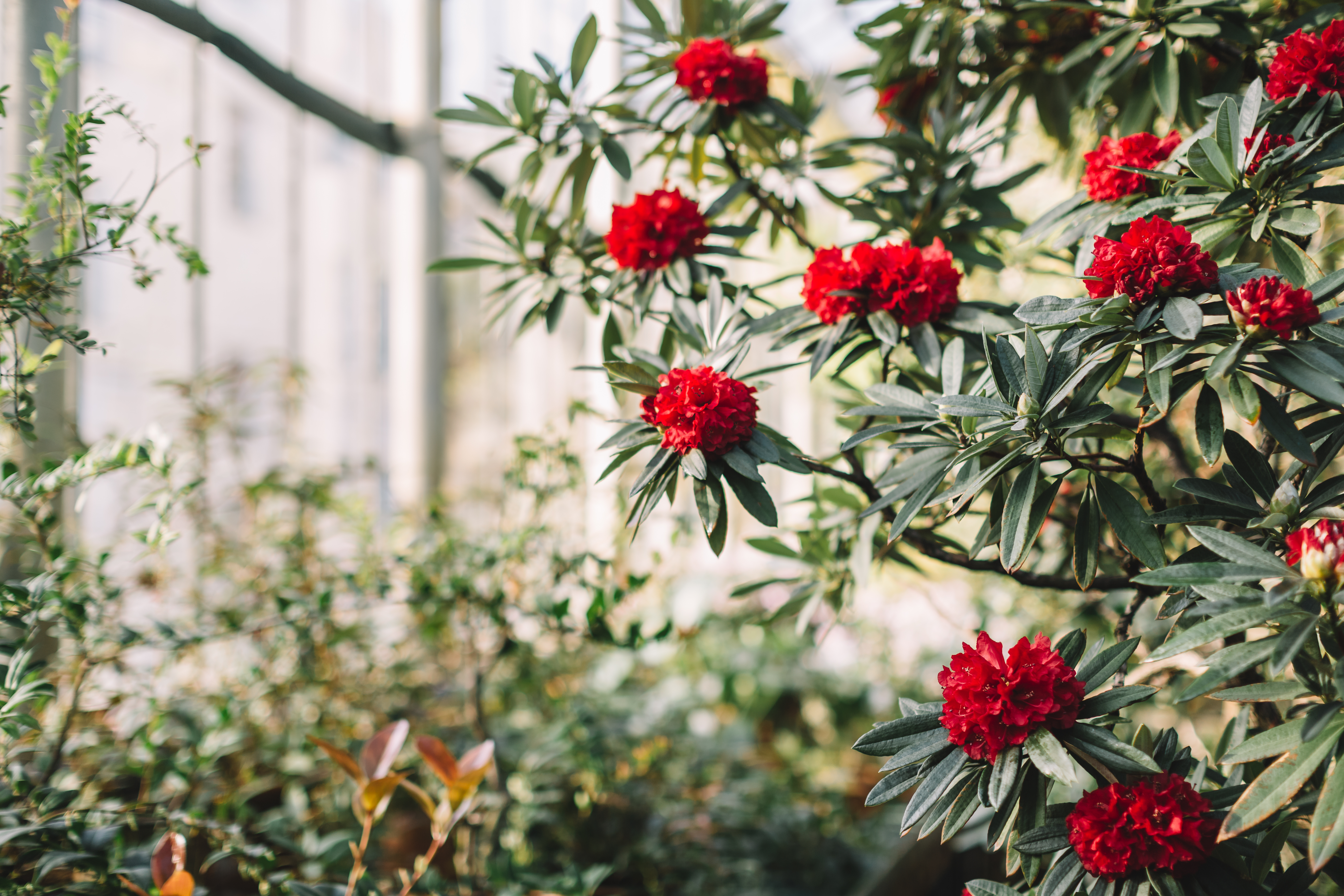
|
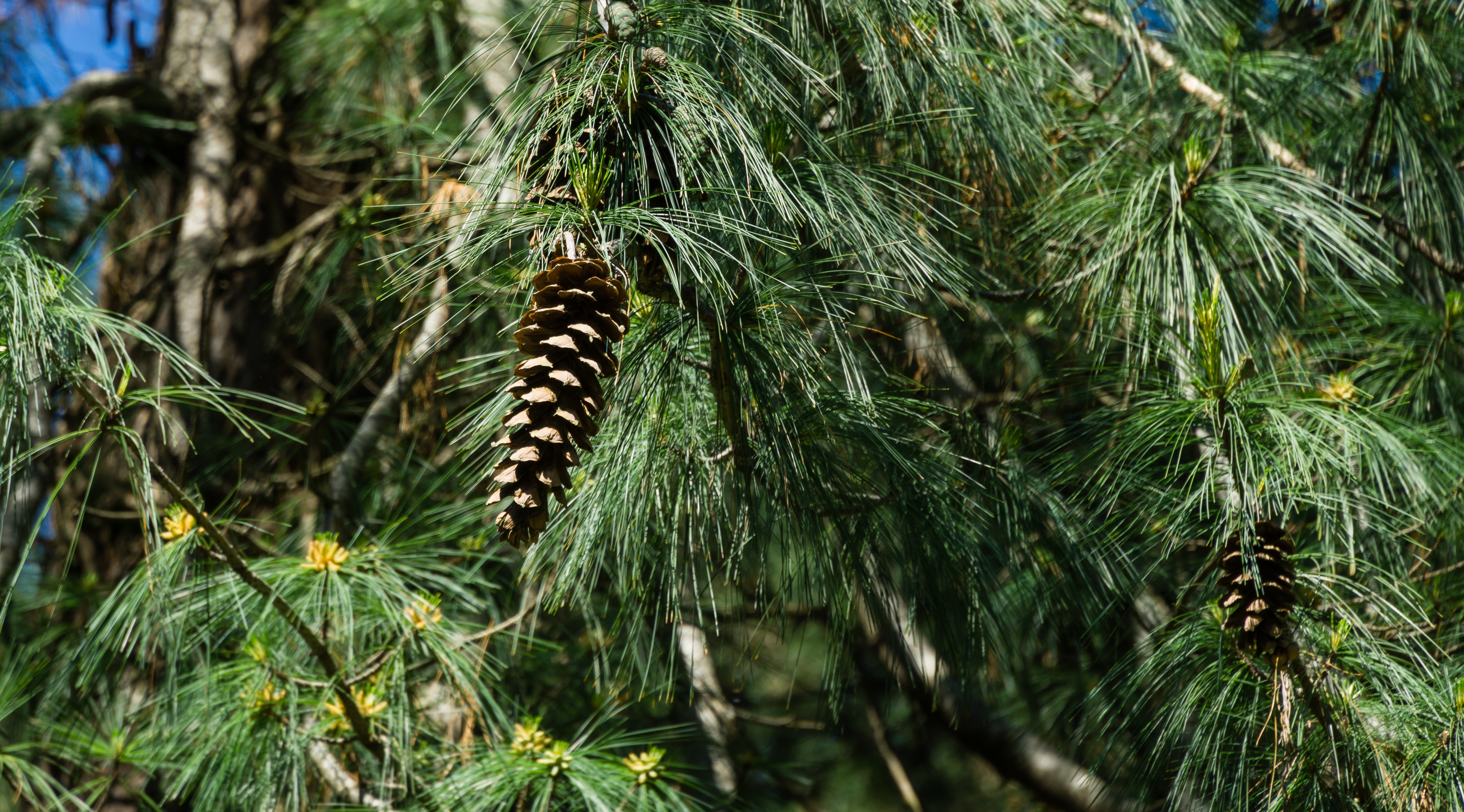
|
Pinus wallichiana (Himalayan Blue Pine) A tall evergreen tree that stabilizes soil and provides wildlife habitat. |
|
Acer campbellii (Himalayan Maple / Kapasi) A deciduous tree with striking fall colors and ecological value. |
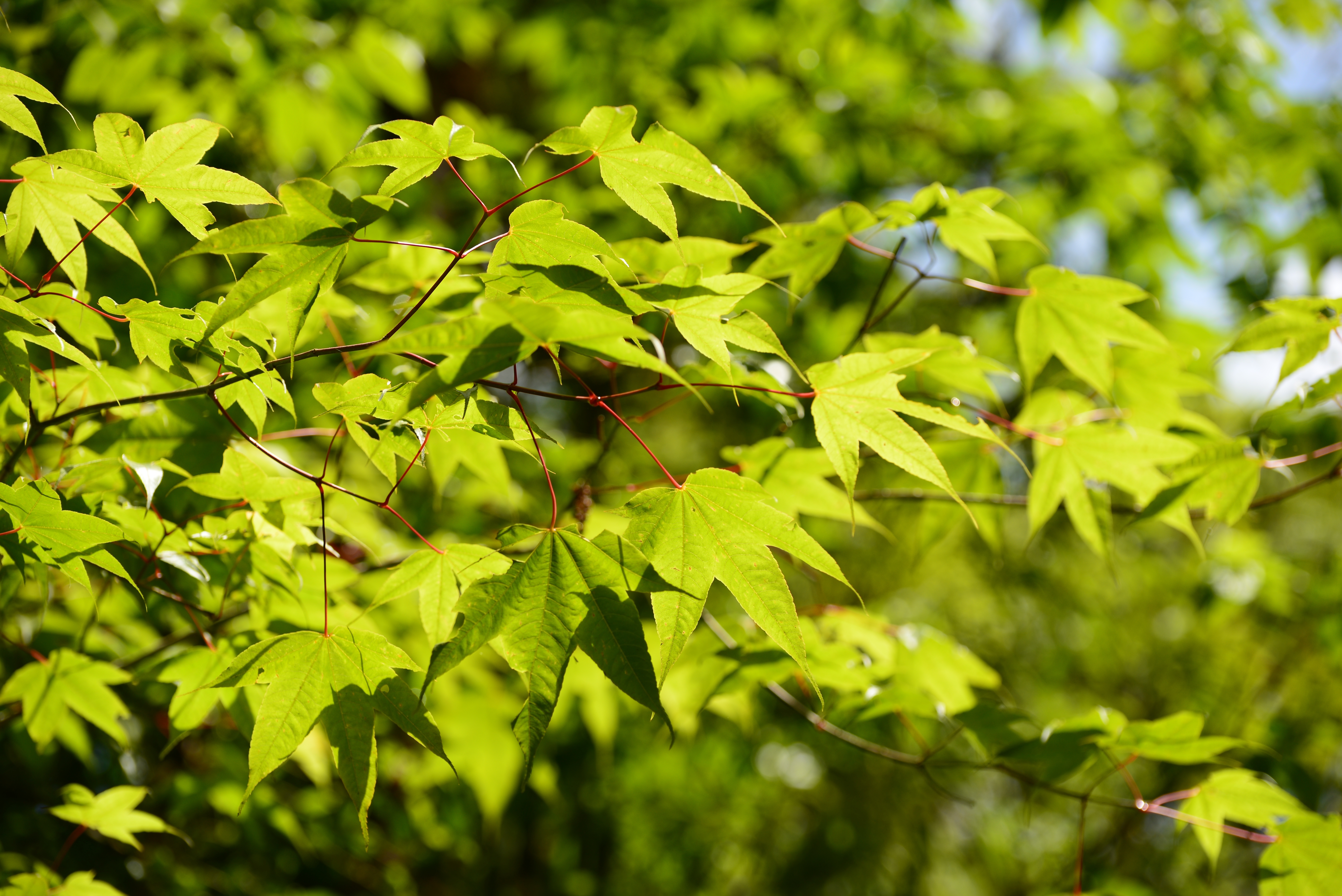
|
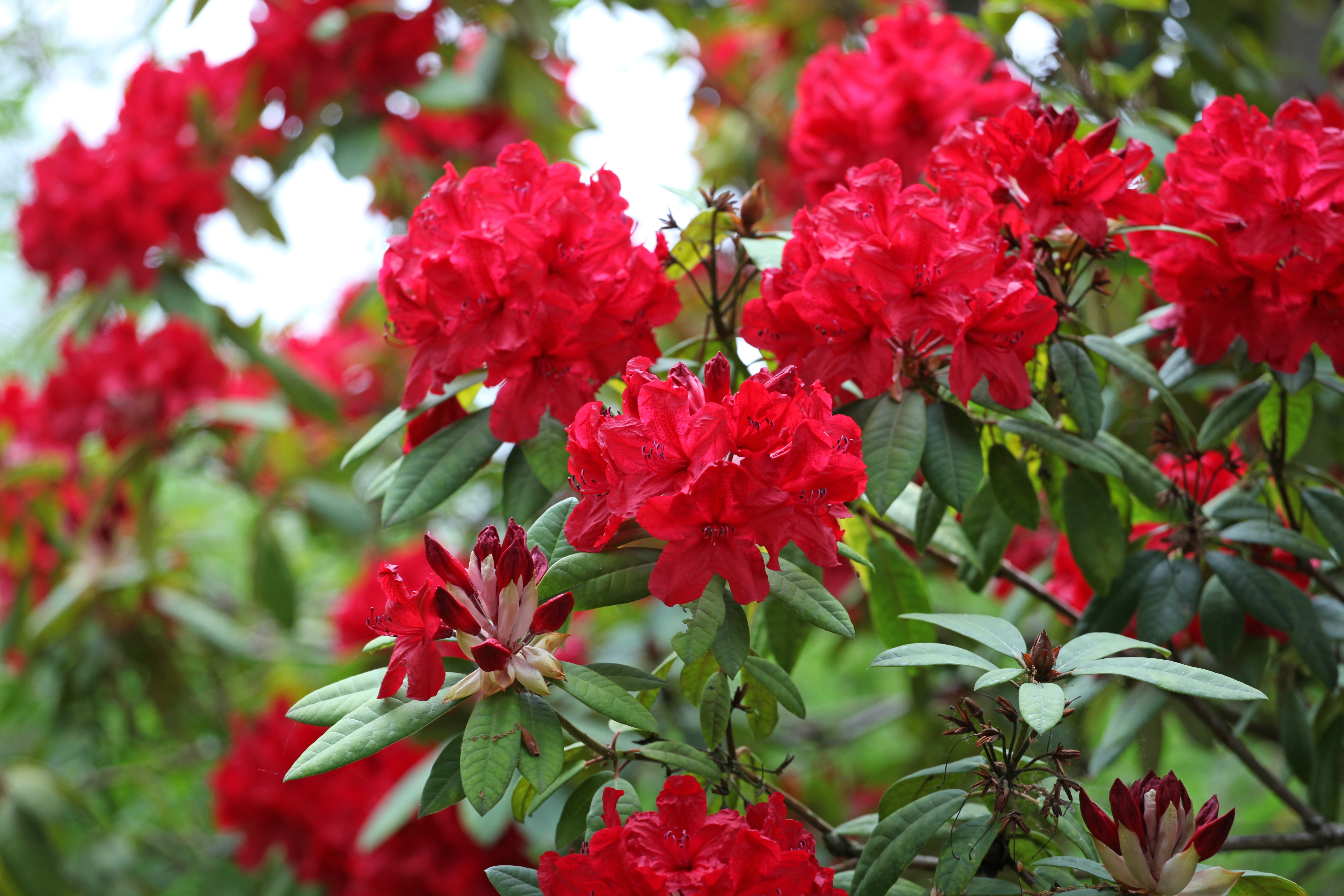
|
Rhododendron horbatum (Barbed Stalk Rhododendron / Laal Chiral) A unique species offering food, habitat, and medicinal use. |
|
Pterocarpus santalinus (Red Sandalwood) A threatened tree known for its aromatic wood and role in traditional medicine. |
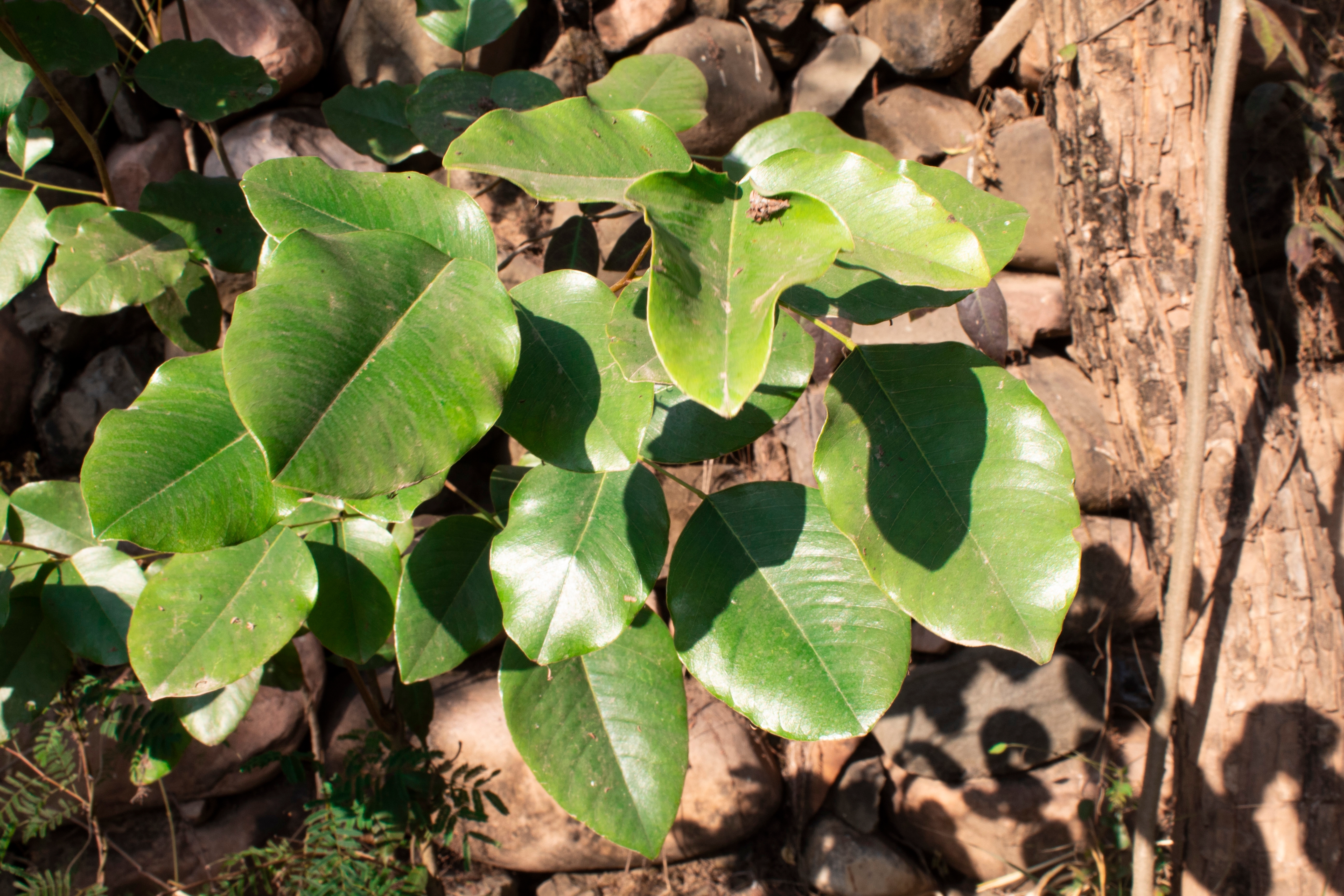
|
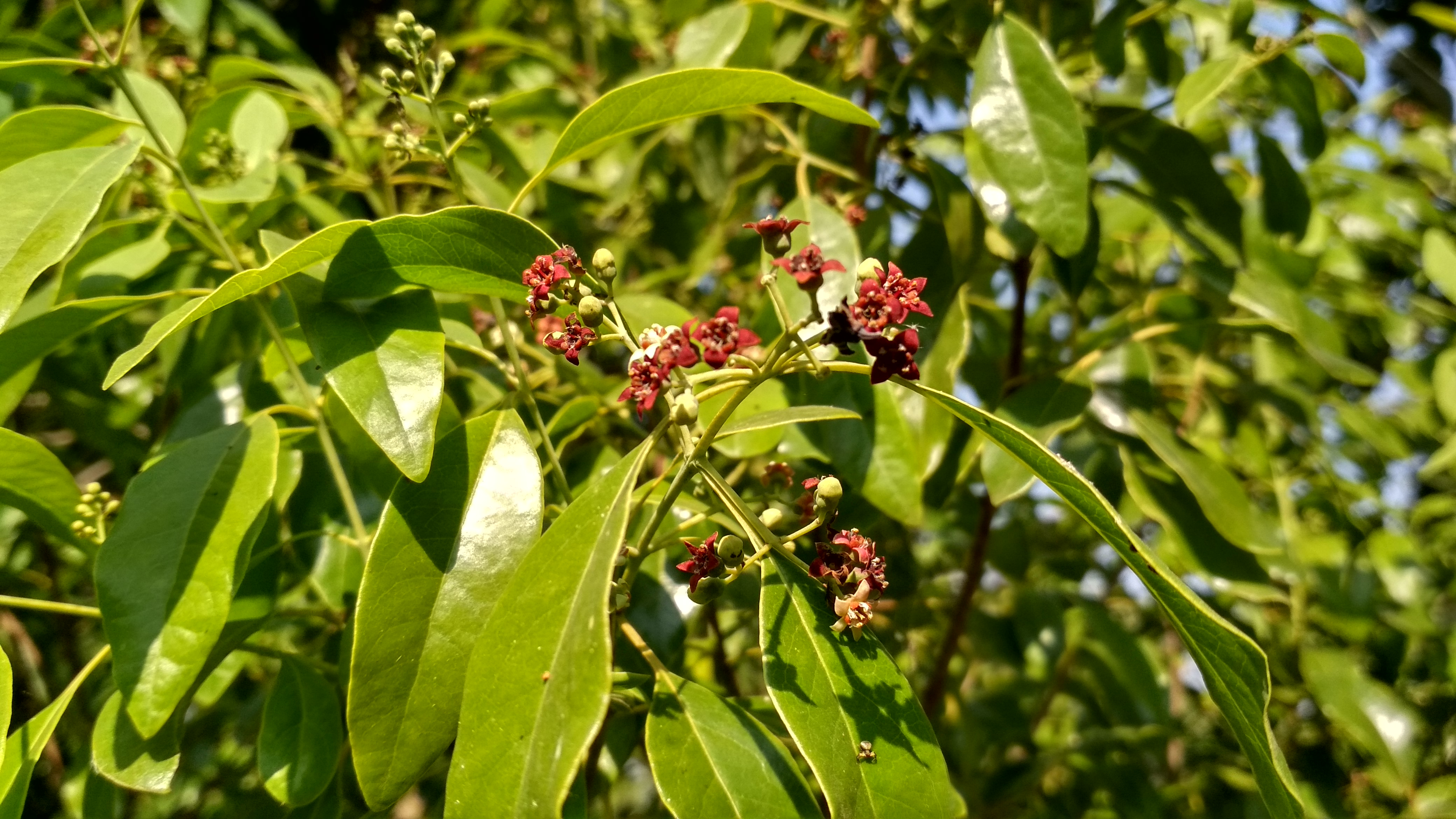
|
Santalum album (Indian Sandalwood) A fragrant evergreen tree with valuable wood used in incense and traditional medicine. |
|
Calophyllum inophyllum (Sultan Champa) A large evergreen tree known for its fragrant flowers and medicinal oil-producing seeds. |
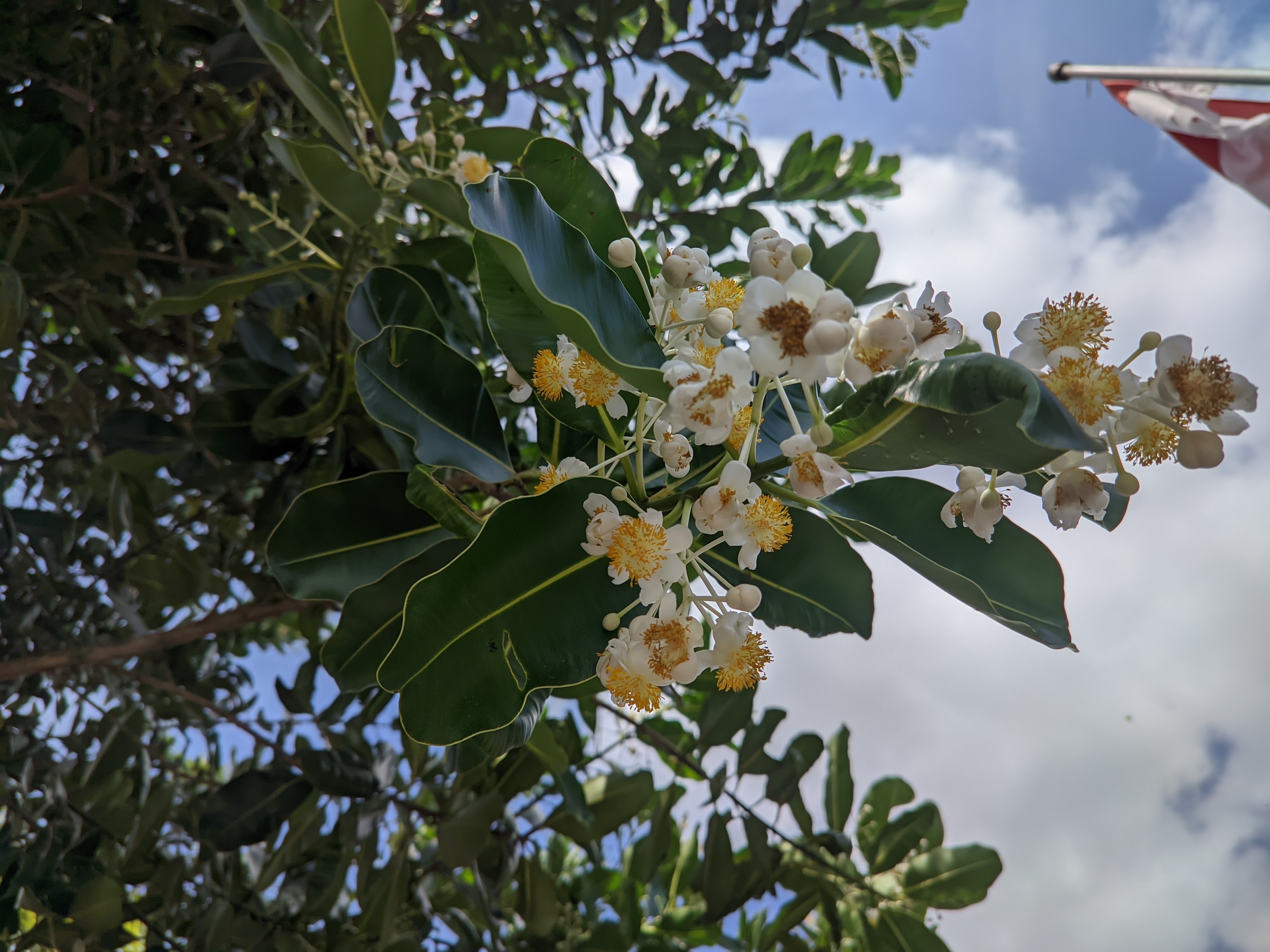
|

|
Azadirachta indica (Neem) A versatile tree with antibacterial properties, supporting agroforestry and improving soil health. |
|
Albizia lebbeck (Indian Siris) A medium-sized tree that provides shade, enriches the soil, and has medicinal value. |
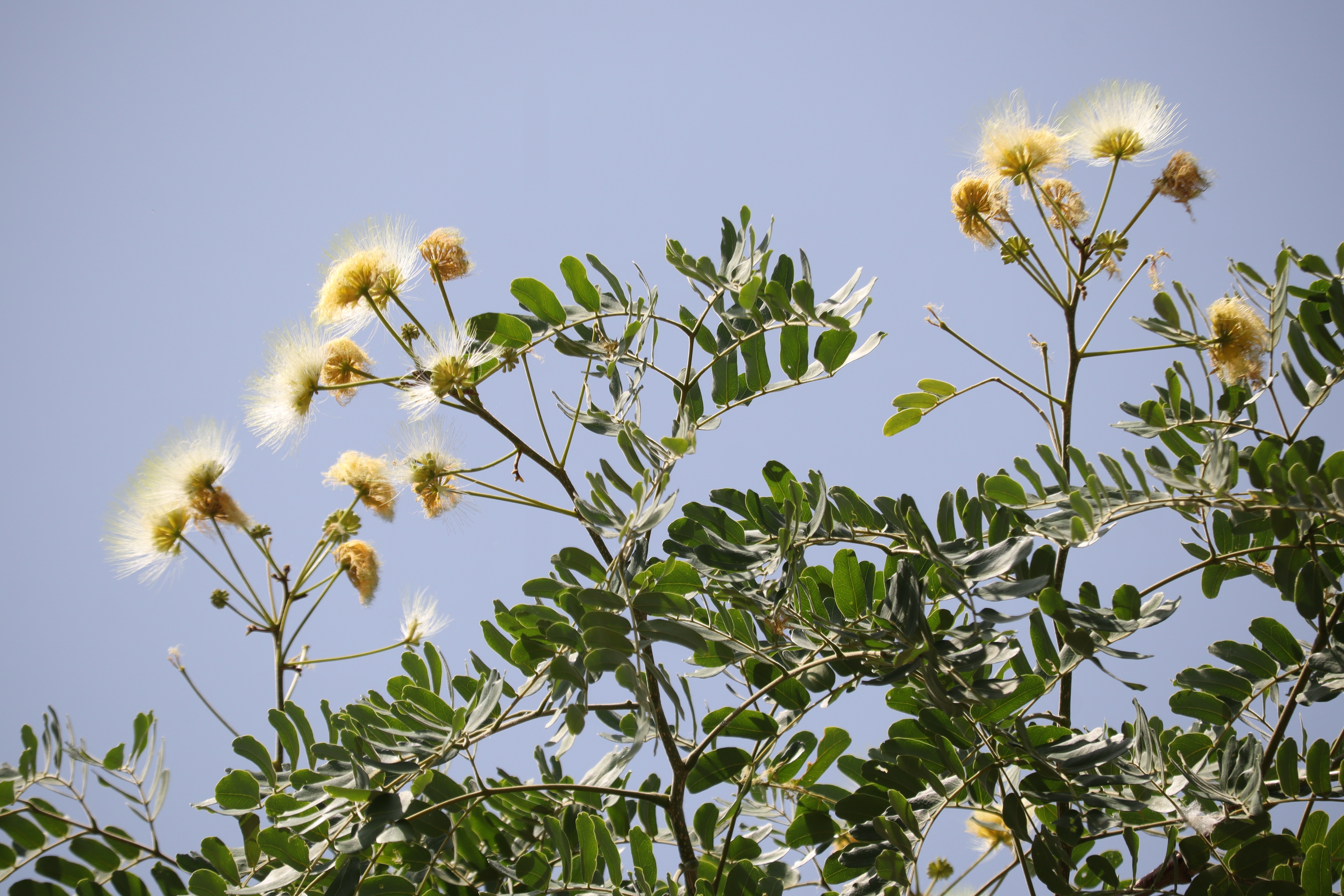
|
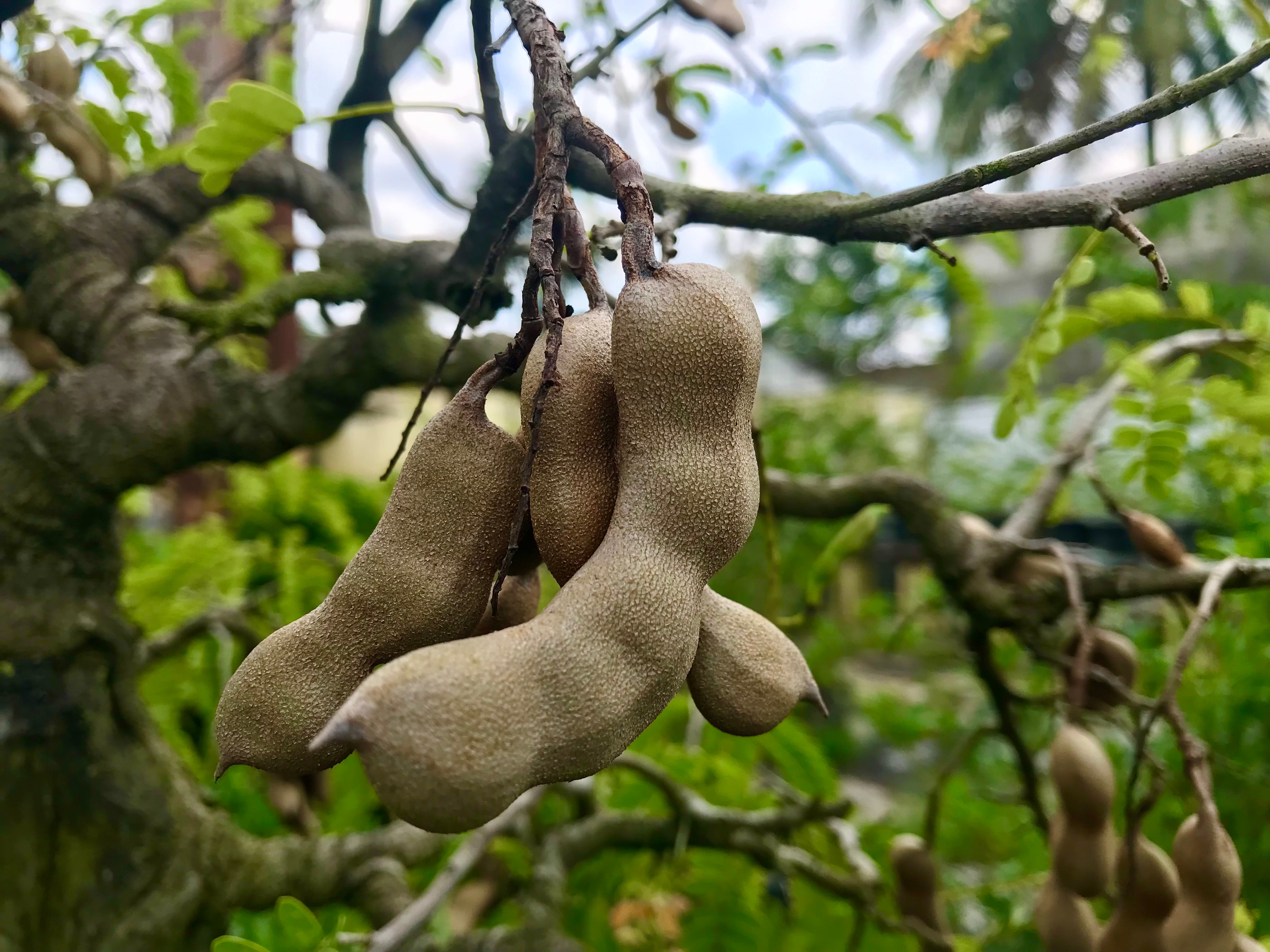
|
Tamarindus indica (Tamarind) A tree known for its culinary and medicinal uses, as well as its shade in urban areas. |
|
Thespesia populnea (Indian Tulip Tree / Portia Tree) A striking tree with ornamental value, offering shade and habitat for various species. |

|
Mangrove Trees (Avicennia marina)
|

|
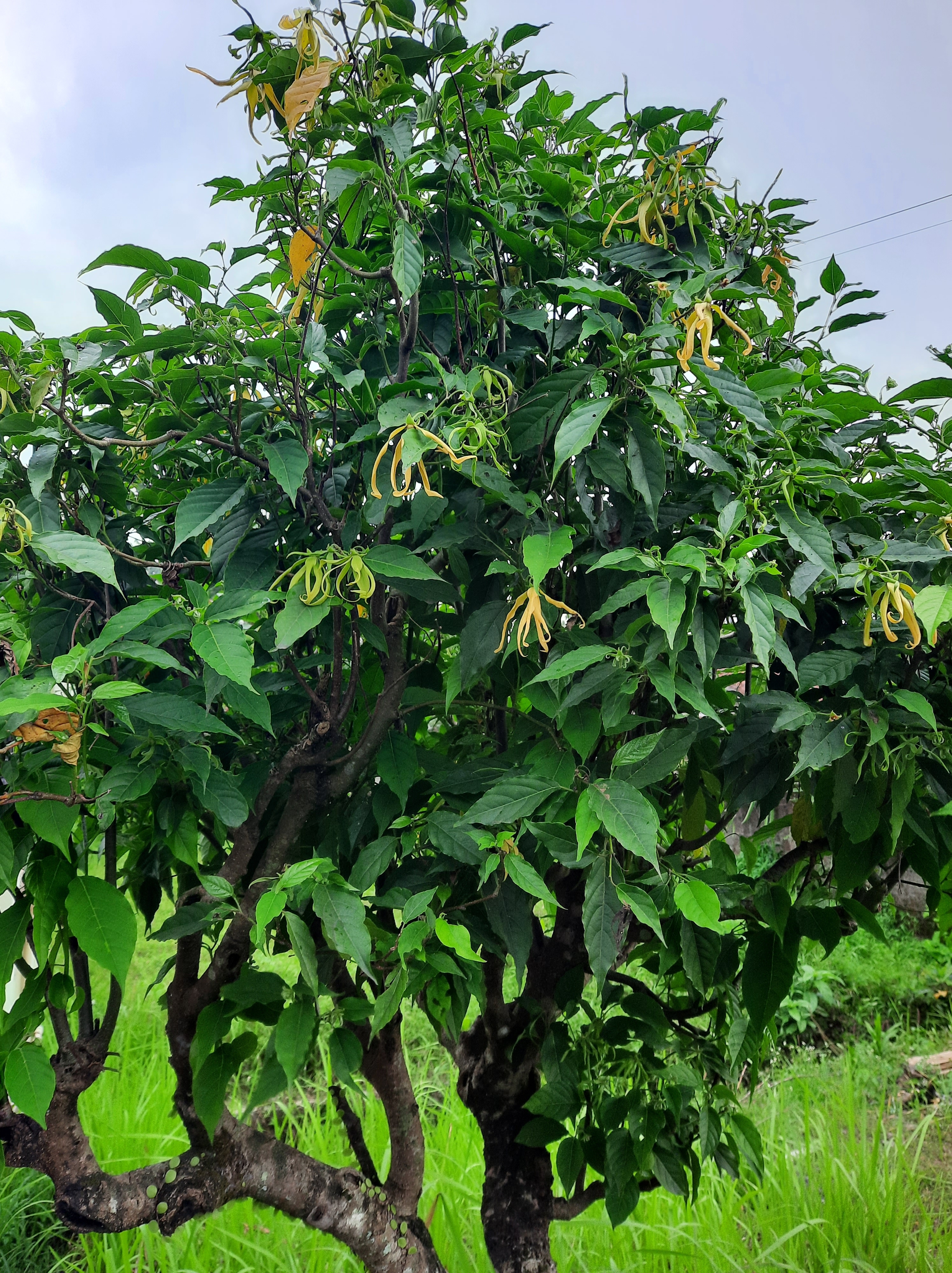
|
Cempaka (Magnolia champaca)
|
Rubber Tree (Hevea brasiliensis)
|

|
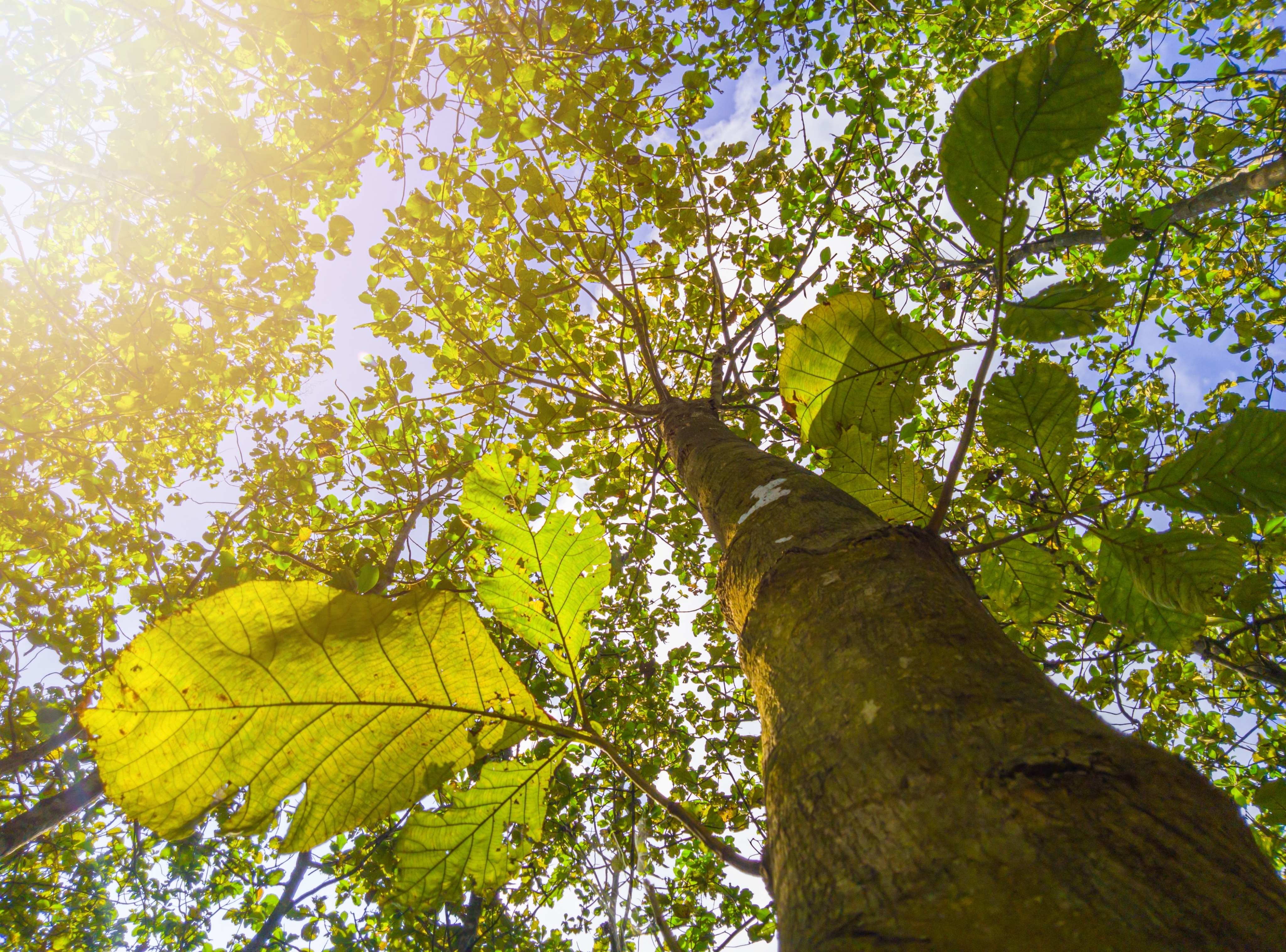
|
Teak (Tectona grandis)
|
Acacia (Acacia mangium)
|

|
Copyrights @ 2025 All rights reserved by Pangea EcoNetAssets Pvt Ltd.